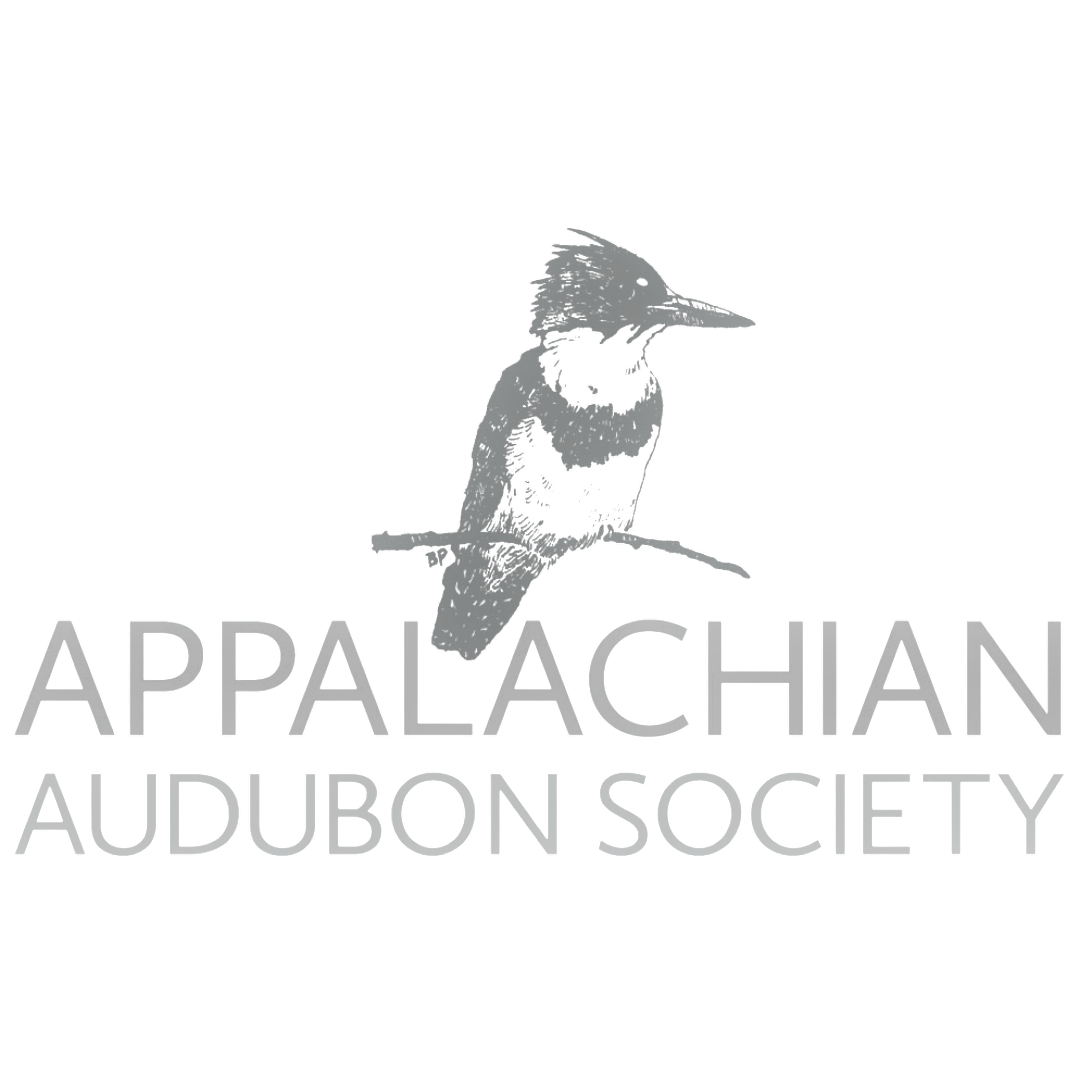Start Your Birding Journey Today!
The amazing thing about birds are they are everywhere and accessible to everyone.
Birding can seem cost prohibitive, but it doesn't have to be — it's quite possible you've already got everything you need.
"You don't have to get binoculars and look at birds. You can enjoy birds by silhouette," notes Nater-Otero. You can observe how they fly, you can learn their songs — none of those approaches requires using binoculars!
When you begin to identify a bird by sight, it's helpful to take note of the following characteristics in order:
Size
Shape and structure
Habitat and behavior
Color
To learn more: check out the Cornell Lab of Ornithology's Birding Skills playlist on YouTube. Also check out: How to Identify Birds | Audubon that goes more in depth on how to identify birds.
Resource: Birding 101: Your guide to getting started in bird watching : Life Kit : NPR
Join an AAS field trip at any birding level - everyone is always welcome!
Birding Resources
Guides and Journals
The Kaufman Field Guide to Birds of North America ($19) is good for new birders.
The waterproof Rite in the Rain Birder’s Journal ($8) allows you to take notes about the birds you see which can help you identify them later and is perfect if you encounter inclement weather.
Sibley eGuide to the Birds of North America ($19.99) Covers 810 species and features all of the drawings, range maps, and explanatory text found in the Sibley Guide to Birds. Taking advantage of the digital format it includes more than 2,000 recordings of songs and calls, a compare species function, and a smartsearch tool that allows you to filter species by color, shape, and your current location.
Technical Resources
Audubon Bird Guide App (free) feature calls, songs, and in-depth info about 810 species, it also draws on the continuously updated eBird database to help you find specific birds near you.
Merlin Bird App (free) Amazing app for beginning and intermediate birders that asks you five questions to help identify over 400 common North American birds: Where were you? When did you see it? About how big was it (relative to other birds)? What were the main colors? And what was it doing? Provides photos and descriptions of matching bird species based on this information and is surprisingly accurate.
Citizen Science
eBird (free) Well-designed app that allows you to submit to eBird (eBird.org), a citizen science program that collects bird observations from around the world and shares them with birders and conservationists. You can select your location using GPS, automatically download checklists for your area, and submit checklists directly from the field. Great for new birders participating in the Great Backyard Bird Count (birdcount.org). While the Android version is not yet available, you can download this app’s predecessor, BirdLog, for Android devices.
Hummingbirds at Home (free) The first of Audubon’s citizen science programs designed exclusively for mobile users, this app collects data on how hummingbirds interact with nectar sources to inform conservation. You set up a “patch,” and report what species of hummingbirds you see as well as which species of plants you see them feeding on, or if you see them visiting feeders. Based on these observations Audubon scientists hope to be able to make recommendations as to how to help hummingbirds survive the effects of climate change.
Binoculars
The one piece of equipment that everyone asks about is binoculars. "Do I need them? And if so, which pair should I buy?" The short answer to these questions is "It depends." Binoculars are great tools for getting closer looks at birds. They come at a range of price points, but our recommendation is to save up until you can afford a pair in the $120 to $180 range, where the optics are good enough to enhance your bird-viewing experience, not hinder it.
For more information on birding gear, visit our Audubon Guide to Binoculars for the best bins in every price range!
Find more: The Best Birding Apps and Field Guides | Audubon
Migration tools
Check out BirdCast - Bird migration forecasts in real-time, bird migration forecasts to help determine when bird migration is in full swing which can help you see more birds!
Bird Migration Explorer (audubon.org) learn more about a species, the migratory birds at a specific location, or a conservation challenge birds face.
Birdability
Birdability has a crowd-sourced map that documents accessibility in outdoor spaces. With over 600 spots mapped, it has info on how accessible a trail is, and it provides information about parking, ramps, bathrooms, surfaces, the height of railings and more.
